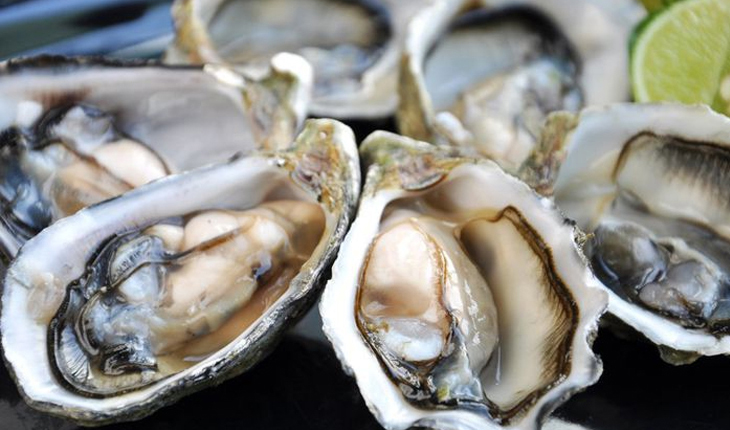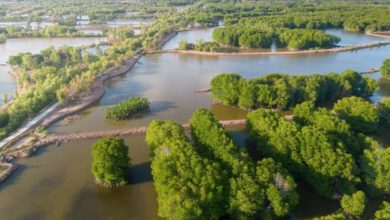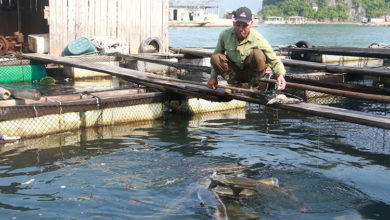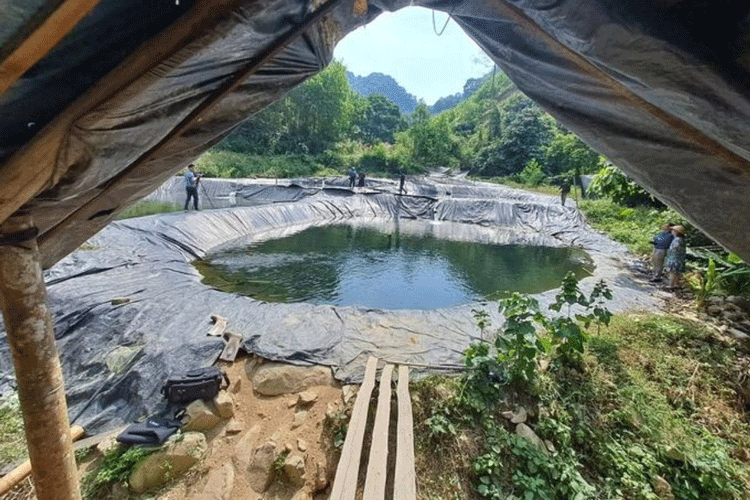Tra Vinh promotes tilapia farming to diversify aquaculture
Tra Vinh province is increasingly turning to tilapia farming as a strategic response to shrimp seed shortages and rising environmental risks in aquaculture.
According to provincial authorities, Tra Vinh is actively encouraging farmers to adopt integrated farming models, strengthen value chain linkages, and apply modern techniques to ensure sustainable development. With market volatility affecting shrimp prices, the local agriculture sector sees tilapia as a promising alternative to diversify production, enhance income, and adapt to climate change.
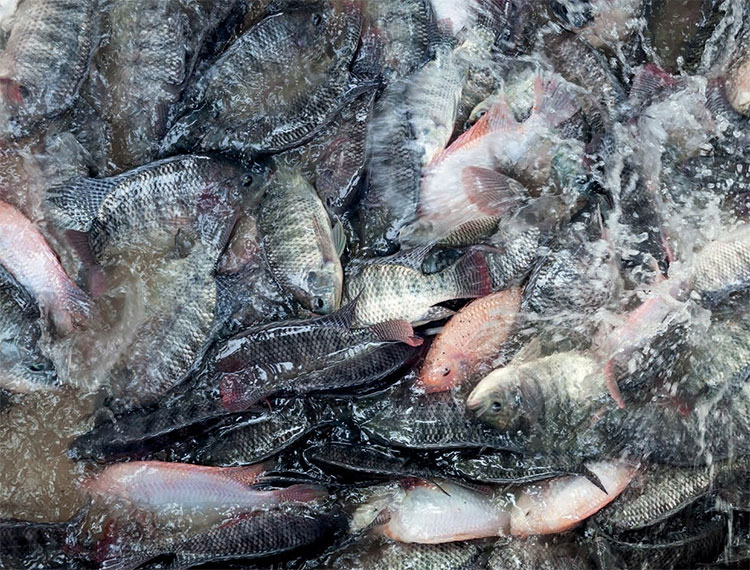
Since 2023, farmers have begun raising tilapia alongside shrimp in brackish-water ponds. On a 1-hectare farm, this mixed model can yield 200,000 – 300,000 shrimp and 600,000 – 700,000 tilapia, generating profits of up to VND 500 million per hectare. Separate intensive tilapia farming can bring even higher returns, up to double the profit.
Tilapia is known for being easy to farm, tolerant of water quality fluctuations, and capable of utilizing treated wastewater from shrimp ponds. This reduces input costs and minimizes disease risks.
Currently, Tra Vinh has around 106 hectares dedicated to tilapia farming for export, mainly in the districts of Cau Ngang, Tra Cu, and Chau Thanh. In addition, Cuu Long Seafood Joint Stock Company manages over 60 hectares and expects to harvest around 500 tons in May.
However, the province still relies on external sources for juvenile tilapia. To support the scaling of this model, Tra Vinh aims to develop its own high-quality seed supply.
Authorities recommend that farmers prioritize quality fry, adhere to best practices, and form strong partnerships with businesses across the value chain, from breeding and feed to distribution. These steps are essential for building a resilient tilapia sector and expanding into export markets.
VFM


